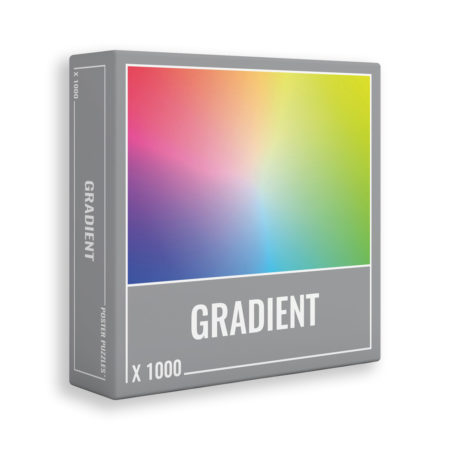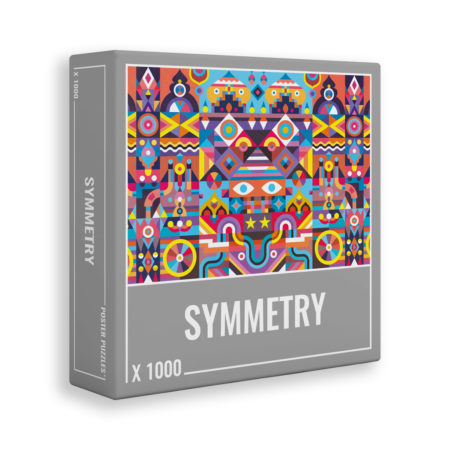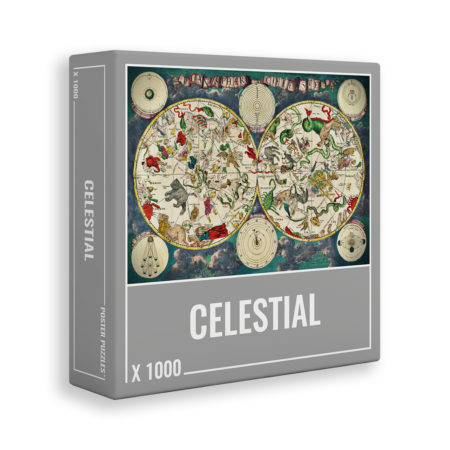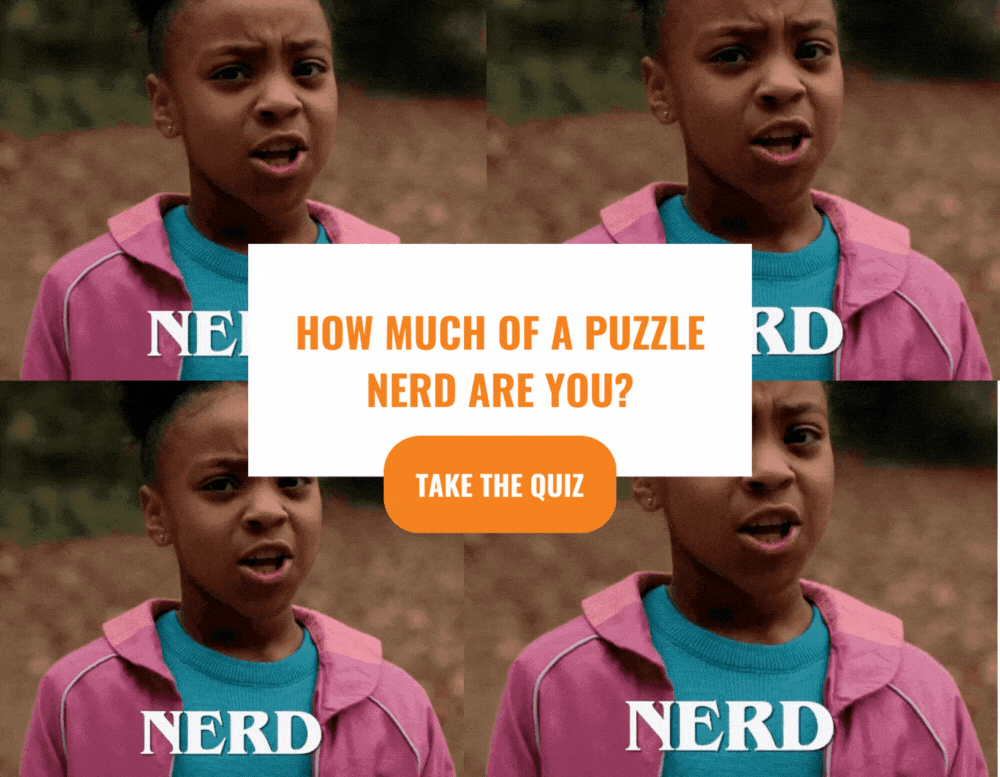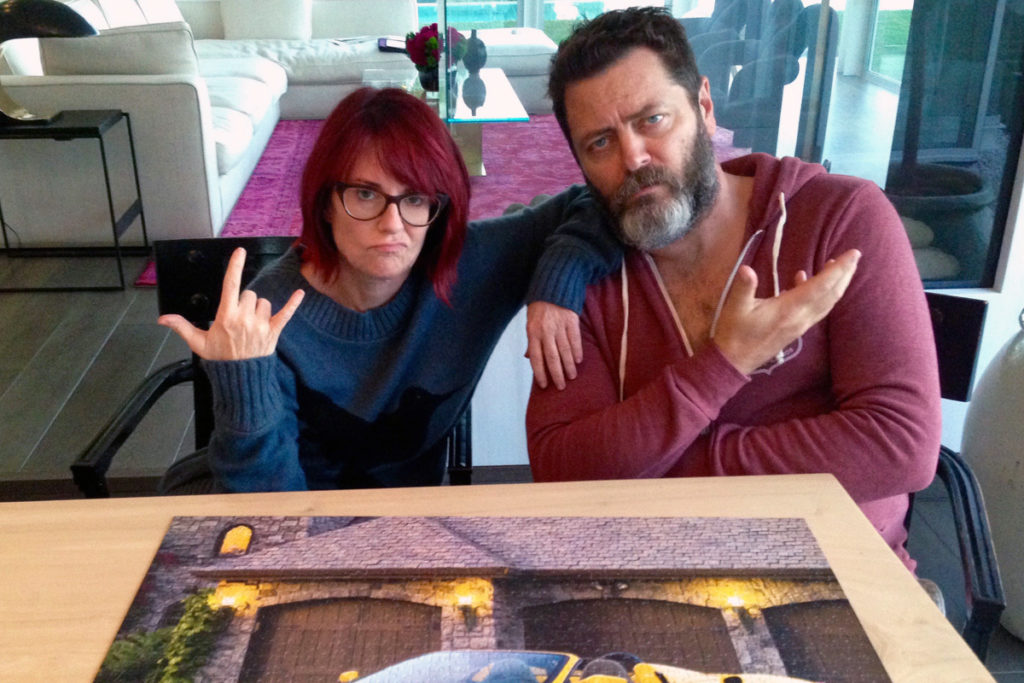The puzzle piece symbol has been associated with autism for decades. But recently there has been a lot of discussion about the symbol, and whether it’s really okay to associate it with autism.
There are claims of the puzzle piece symbol being harmful and offensive to people with autism – and because of that, the use of the puzzle piece has caused a lot of backlash.
Let’s learn the history of the symbol, and find out why so many people disagree with it being used to represent autism.

The history of the puzzle piece symbol
The puzzle piece symbol that’s associated with autism was first designed by Gerald Gasson in 1963.
Gasson was a parent and board member of the National Autistic Society in London. Why a puzzle piece? Because at the time, it symbolized how some people thought autism was a “puzzling” condition.
The original design depicted a crying child inside the puzzle piece which was supposed to represent the sadness from the burden that autism was considered to put on a child’s life.
Over time, the meaning behind this symbol was warped. More organizations adopted the symbol and its use became more prevalent.
Unfortunately, over time, some people began to assume the puzzle piece symbol meant that neurodivergent people had a ‘missing piece’.
Why might the puzzle symbol be inappropriate?
Many neurodivergent people are against the use of the puzzle piece symbol for several reasons. One reason is that the symbol was created and used without input or feedback from the autistic community. This simply isn’t fair, and can hardly claim to be representative.
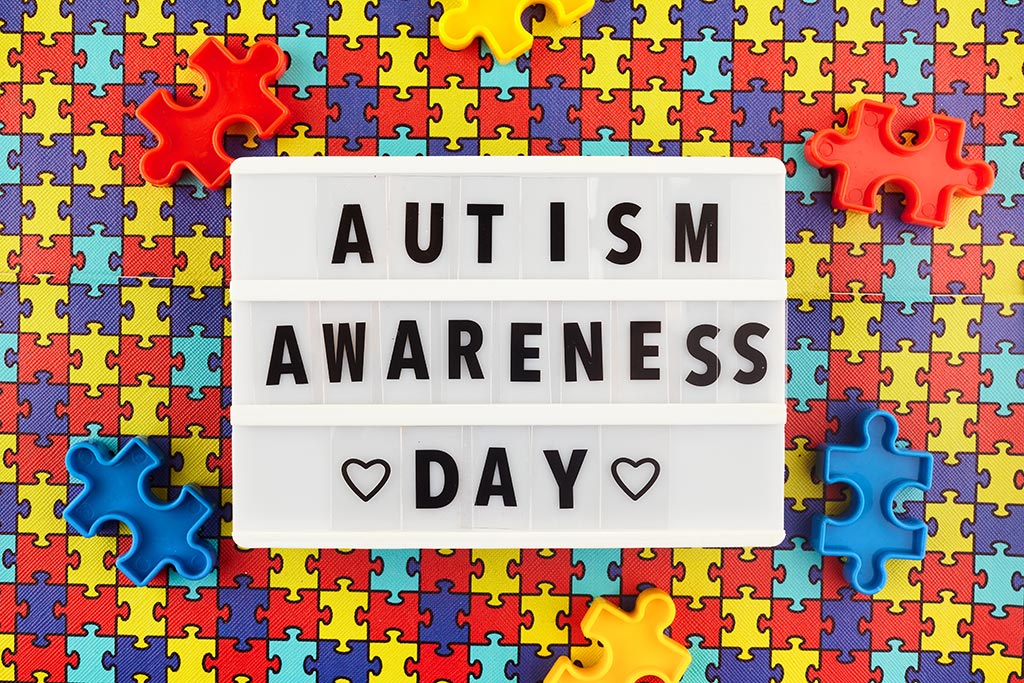
According to many people with autism, the whole ‘missing piece’ idea is problematic. It implies that there is something about the person that is incomplete and that they need fixing. Autistic people don’t need to be fixed, they need to be celebrated.
Another problem for some neurodivergent people is that the puzzle piece symbol was adopted and popularised by a controversial non-profit called Autism Speaks.
The group has been described by some as a hate group that seeks to find a ‘cure’ for autism, though that specific word was removed from its website in 2016. Autism Speaks now describes itself as ‘being committed to personalised healthcare, interventions and supports’.
Are there autistic people who approve of the puzzle piece?
Although many autistic people are against the puzzle piece symbol, there are members of the autistic community who don’t have an issue with it whatsoever – and even embrace it.
One woman on the spectrum claims that her autism diagnosis “completed her puzzle.” So there definitely are people out there who view it as a positive thing!
Others view the puzzle piece as a connection: a connection to their family, a connection to their community, and a connection to themselves.
Alternative symbols for autism
Perhaps the most popular alternative to the puzzle piece is the infinity symbol. Keep in mind there are two commonly used infinity symbols: rainbow and gold.
The rainbow one is sometimes used to represent neurodivergent people, while the gold one represents autistic people specifically. This isn’t always the case but seems to be a popular idea nonetheless.
Fun fact: Au is the chemical element symbol for gold, and A and U are the first two letters in the word Autism.
Why use an infinity symbol to represent autism? Firstly, it was created by neurodiversity advocates who wanted the symbol to feel inclusive, unlike the puzzle piece. The idea of the infinity sign is that the autism spectrum is linear.
The infinity symbol stands for the fact that autism is not a disease, and thus there is no need for an autistic person to be cured or fixed. The infinity symbol stands for autism acceptance.
The importance of awareness
Many neurodivergent people believe that the puzzle piece is a misrepresentation of autism. It can seem like the symbol is used lazily by organisations that have trouble illustrating complex topics, and perhaps they aren’t paying attention to those who are advocating against it. The puzzle piece is perhaps still the most commonly used and recognized symbol for autism, despite the opposition.
We think it is important to recognize how symbols, however innocent-looking, can help to support abelistic beliefs.
Simply being aware is the first step to creating a safer and more inclusive space for autistic people. Of course, we support anyone’s right to use the puzzle piece symbol if they want to, as long as they’re not deliberately offending others.
Regardless, the opinions on the puzzle piece, and all things related, are ultimately up to people with autism. Their opinions on these matters are the most important and valid.
Just remember, when it comes to autism, there is nothing to be puzzled about! Autistic people don’t need to be solved like a puzzle; they need to be accepted and celebrated for who they are.


